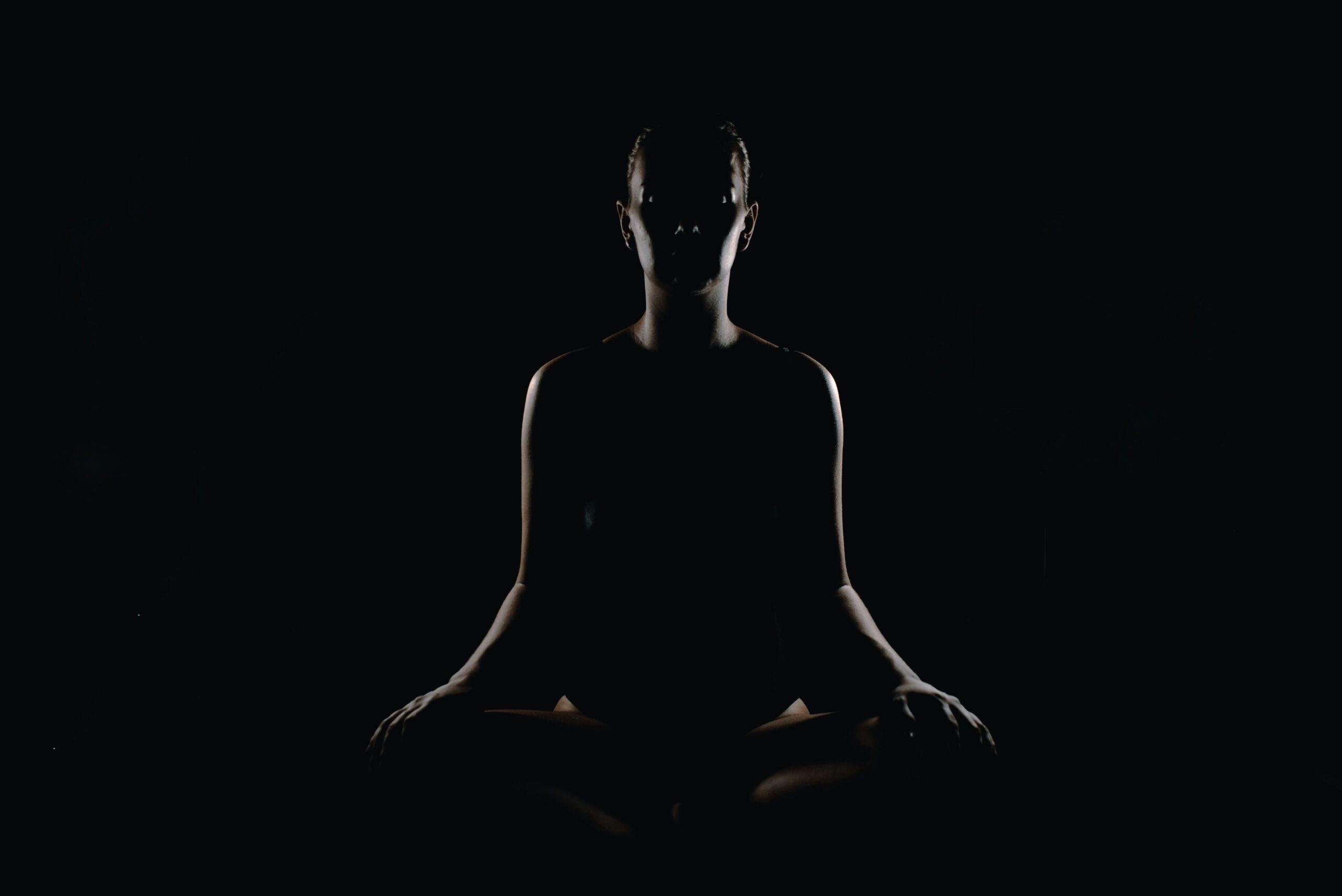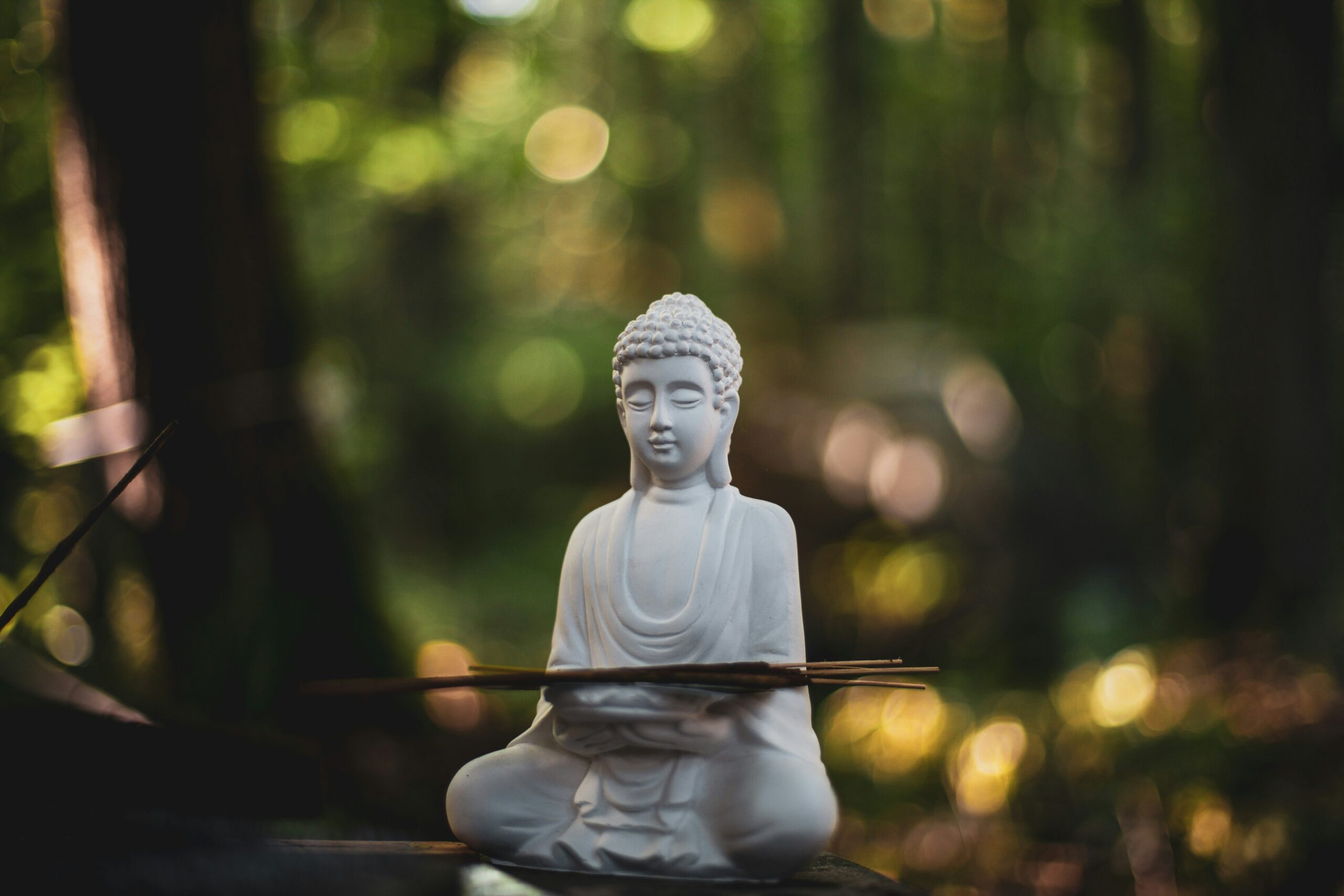Ever downloaded a meditation app and wondered if you’re actually getting better at mindfulness? You’re not alone. Most people dive into meditation apps like Buddhify with high hopes but no way to gauge their progress. What if I told you there are tools that can help monitor your meditation habits, track your growth, and even make mindfulness feel like less of a guessing game?
In this post, we’ll break down everything you need to know about Meditation Monitoring Tools, their importance in mindfulness practice, and how they integrate seamlessly with apps like Buddhify. By the end of this guide, you’ll have actionable steps for tracking your progress, avoiding rookie mistakes, and optimizing your meditation journey.
You’ll learn:
- The challenges of meditating without tracking
- A step-by-step guide to using meditation monitoring tools effectively
- Tips and best practices for beginners and pros alike
- Real-world examples of how monitoring tools have transformed mindfulness
Table of Contents
- Key Takeaways
- The Problem Without Monitoring
- Step-by-Step Guide to Using Meditation Monitoring Tools
- Tips & Best Practices
- Real-World Examples & Case Studies
- FAQs About Meditation Monitoring Tools
Key Takeaways
- Meditation monitoring tools provide measurable insights into your mindfulness practice, helping you stay consistent and motivated.
- Buddhify integrates effortlessly with many meditation-tracking apps, offering guided sessions alongside habit-building features.
- Tracking meditation isn’t just about numbers—emotional and mental improvements matter too.
- Avoid relying solely on data; balance it with self-awareness to avoid burnout or frustration.
Why Meditators Fail (It’s Not What You Think)
I once thought mindfulness was all about “feeling zen” while sitting cross-legged. Spoiler alert: that approach lasted three days before life got chaotic again. Turns out, most people give up meditation because they don’t see tangible results—or worse, they think they’re doing it wrong.
Optimist You: “Meditation will change my life!”
Grumpy You: “But how do I even know if it’s working?”
Without some form of tracking, it’s easy to abandon ship when progress feels invisible. But here’s the kicker: meditation IS working—it’s just hard to notice unless you’re actively monitoring key metrics like session frequency, duration, mood shifts, and focus levels.

An alarming study found that nearly 60% of new meditators stop practicing within two months due to lack of visible improvement. Enter meditation monitoring tools—a game-changer for anyone serious about mindfulness.
How to Use Meditation Monitoring Tools Effectively
Step 1: Choose the Right Tool
Not all tools are created equal. Look for ones compatible with Buddhify, such as Insight Timer, Headspace, or Calm. These platforms often include dashboards where you can log sessions, set goals, and analyze trends over time.
Step 2: Set Clear Intentions
Before starting, ask yourself why you’re meditating. Is it stress relief? Better sleep? Increased focus? Setting intentions helps tailor your experience and ensures the tool tracks what truly matters to you.
Step 3: Log Consistently
Consistency is king. Use daily reminders or notifications from Buddhify to prompt your sessions. Then input notes about how each session felt—did you feel calmer? More restless? Jot it down!

Step 4: Analyze Data Wisely
Don’t get bogged down by raw numbers. Instead, look for patterns: Do mornings work better for you than evenings? Are shorter sessions more effective than longer ones? Use these insights to refine your routine.
Step 5: Adjust Accordingly
If something isn’t clicking, tweak it! For example, I once tried hour-long sessions only to realize 15-minute bursts suited me better. Trial and error are part of the process.
Tips & Best Practices for Maximizing Meditation Monitoring Tools
- Pair Technology with Self-Reflection. Tools are great, but don’t underestimate journaling after sessions. Scribble thoughts, emotions, or breakthroughs—this adds depth beyond charts.
- Ignore Perfectionism. Skipping a day doesn’t mean failure. Focus on overall consistency instead of micromanaging every missed opportunity.
- Be Kind to Yourself. A terrible tip would be obsessing over metrics. Remember, mindfulness is supposed to reduce stress, not add to it.
Rant Alert: Ugh, can we talk about those overly complicated meditation trackers? Some apps bombard users with so much jargon that it feels like trying to decipher ancient Sanskrit. Keep it simple, folks.

How Others Have Used Meditation Monitoring Tools Successfully
Take Sarah, a busy mom who juggled work and parenting. She started logging her Buddhify sessions daily and noticed her stress levels dropped significantly after six weeks. Her secret? She visualized her progress through colorful graphs, which kept her motivated.
Or consider Mark, a corporate executive overwhelmed by meetings. After implementing meditation tracking, he discovered his productivity soared on days he meditated—even short five-minute breathers made a difference.
FAQs About Meditation Monitoring Tools
Q1: Can beginners benefit from meditation monitoring?
Absolutely! Beginners especially need guidance to build sustainable habits.
Q2: Will monitoring tools replace human intuition?
Nope. They complement it. Trust both your gut and the data.
Q3: Are free tools worth it?
Many free options like Buddhify’s built-in tracker offer robust features, though premium versions may provide deeper analytics.
Recap: Start Tracking Your Zen Today
We’ve covered the struggles of untracked meditation, walked through a foolproof setup using monitoring tools, shared tips for success, and highlighted inspiring real-life stories. Whether you’re a newbie or a seasoned practitioner, incorporating meditation monitoring tools into your routine could elevate your mindfulness game immensely.
So grab your headphones, open Buddhify, and start logging those sessions. Your future self will thank you.
And remember: Like a Tamagotchi, your meditation habit needs daily care—keep feeding it love and attention.
“Breathe in peace, breathe out chaos. One mindful moment at a time.”


